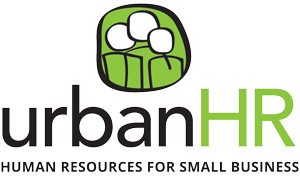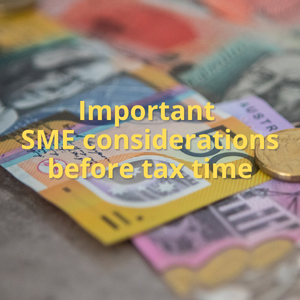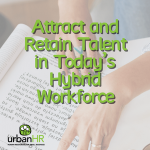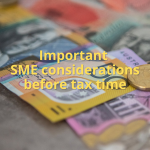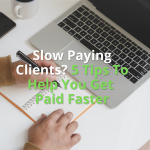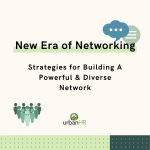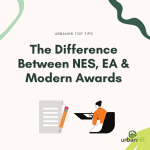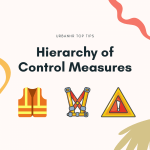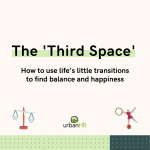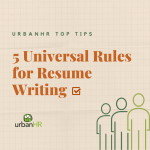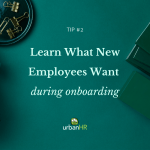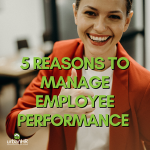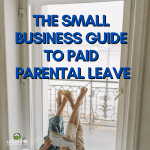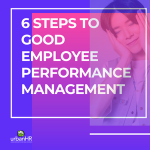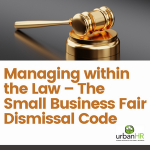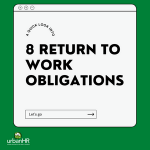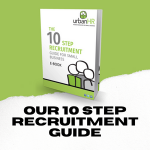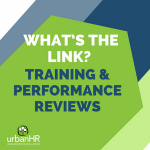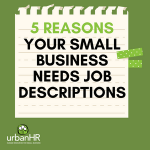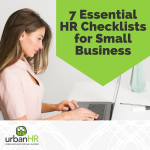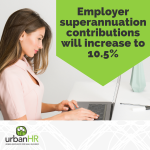
Important SME Considerations Before Tax Time
2020 sure brought a lot of changes! As such, you could expect some differences in this year’s Tax Return Lodgement, too, especially if you received government stimulus payments! Among other things, you may want to keep in mind the following.
To take full advantage of the unique circumstances of this year’s tax return, we strongly recommend business owners get advice before June 30.
1. Include JobSeeker on Business Tax Return
JobSeeker is a taxable payment. As such, you should include this income in your business tax return.
If you have claimed for an Eligible Business Participant (someone related to the business who worked in the business), this amount will be assessed as a business level and not the level of the individual who was named.
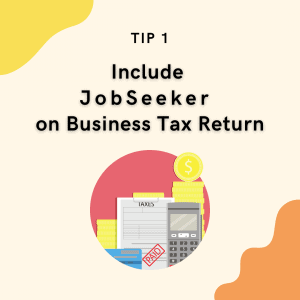
If this Eligible Business Participant had withdrawn money from the business, this would be considered as ‘business drawing’, which can have varying impacts depending on your business structure.
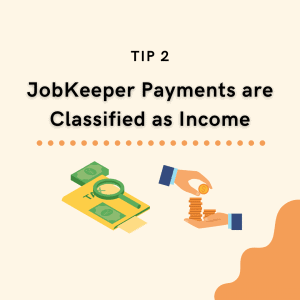
2. JobKeeper Payments are Classified as Income
As an employer, if you have participated in the JobKeeper scheme, you would have paid your employees’ wages and then be reimbursed by the ATO through JobKeeper.
Even though the funds are essentially passing through the business to your staff, it is still considered ‘business income for tax purposes and must therefore be included in your assessable income.
You could offset this by claiming the payments made to your employees in your deductibles, just as what can do now with the wages you pay your staff. The net tax effect should total to zero.
However, suppose you are a sole trader looking to lodge your tax return early (before JobKeeper payments are made available to the ATO by the end of July). In that case, you will have to add these figures to your income statements manually.
3. Consider Instant Asset Write-Offs
Eligible businesses can claim an immediate deduction for the business portion of the cost of an asset in the year the asset is first used or installed ready for use.
Instant asset write-off can be used for:
- multiple assets, if the cost of each asset is less than the relevant threshold
- new and second-hand assets.
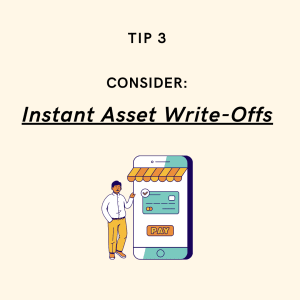
As such, there has been a lot of interest amongst business owners around the instant asset write-off this year, but it’s essential to research and speak to your accountant before purchasing assets to ensure this is the right option for you.
Some may think that an instant asset write-off is excellent as you save tax but keep in mind not to spend money for the sake of it. Consider whether these purchases will make a difference in being a worthy investment.
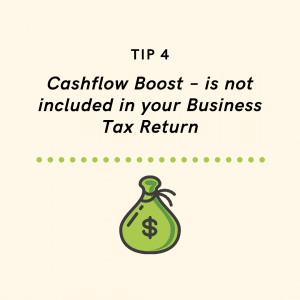
4. Cashflow Boost
Any cash flow boost amounts you receive are non-assessable non-exempt (NANE) income and should be reported in the same way as you report other NANE income when lodging your tax return.
Make sure these aren’t included in your tax return as they are not taxable payments. Although it’s considered income in your accounting software, it should be removed for tax purposes.
5. Impact of PAYG Instalments
If you are operating on Pay As You Go instalments ( PAYG – pre-payment of your tax bill), it’s important to note that the ATO has varied their structure of the PAYGI to nil over the 2021 financial year.
This was to support businesses with their cash flow during Covid-19.
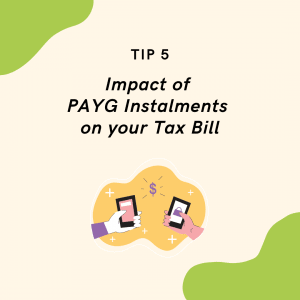
This means you could potentially end up with a larger tax bill this upcoming financial year, as you may not have paid for pre-tax this year.
As such, tax planning is more critical than ever to make sure you’re making the right decisions to reduce the impact of your tax bill for 2021. We suggest assessing your projected taxable income before 30th June, especially if you had a good trading year.
As always, should you need some help, please get in touch.
